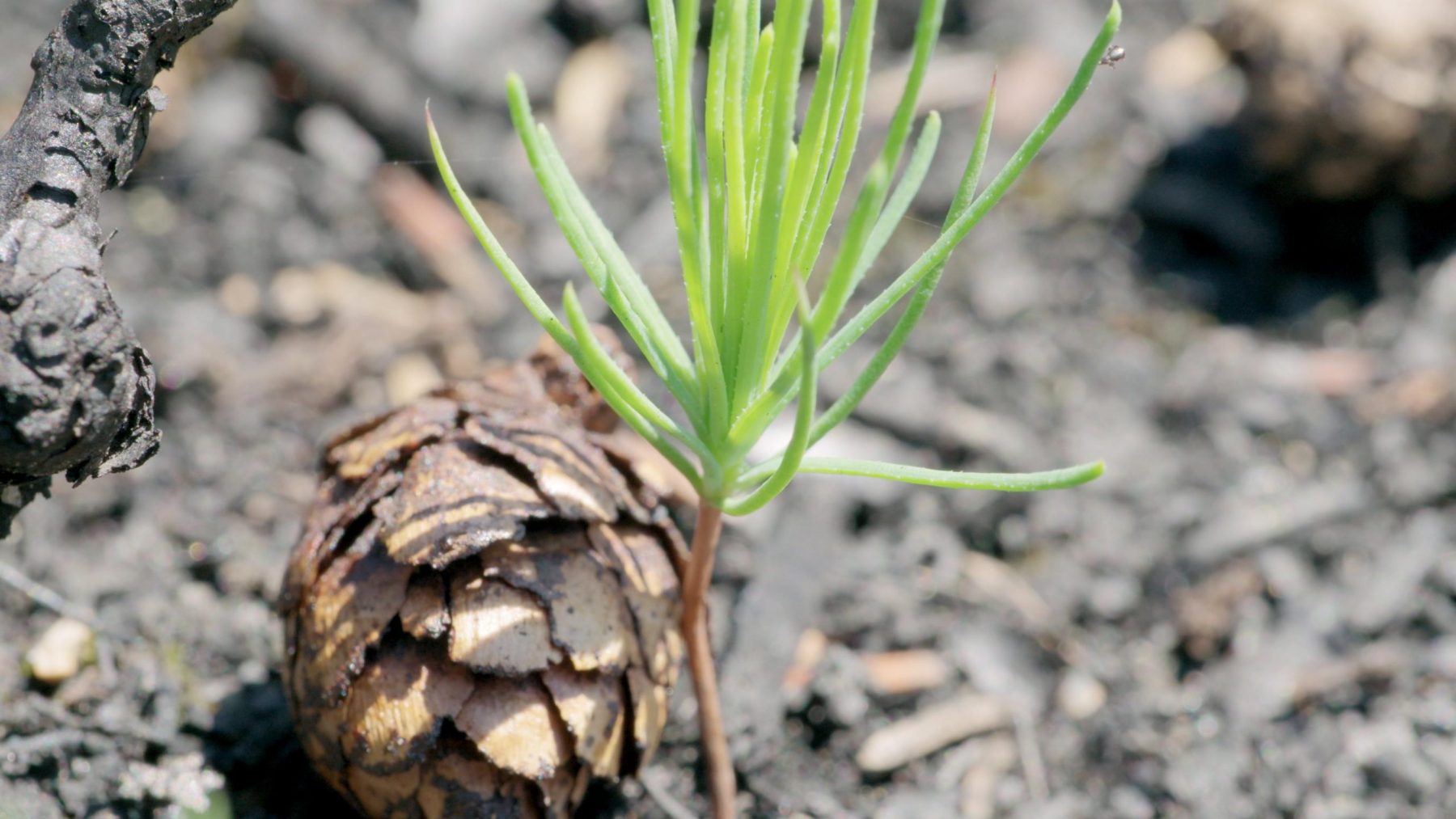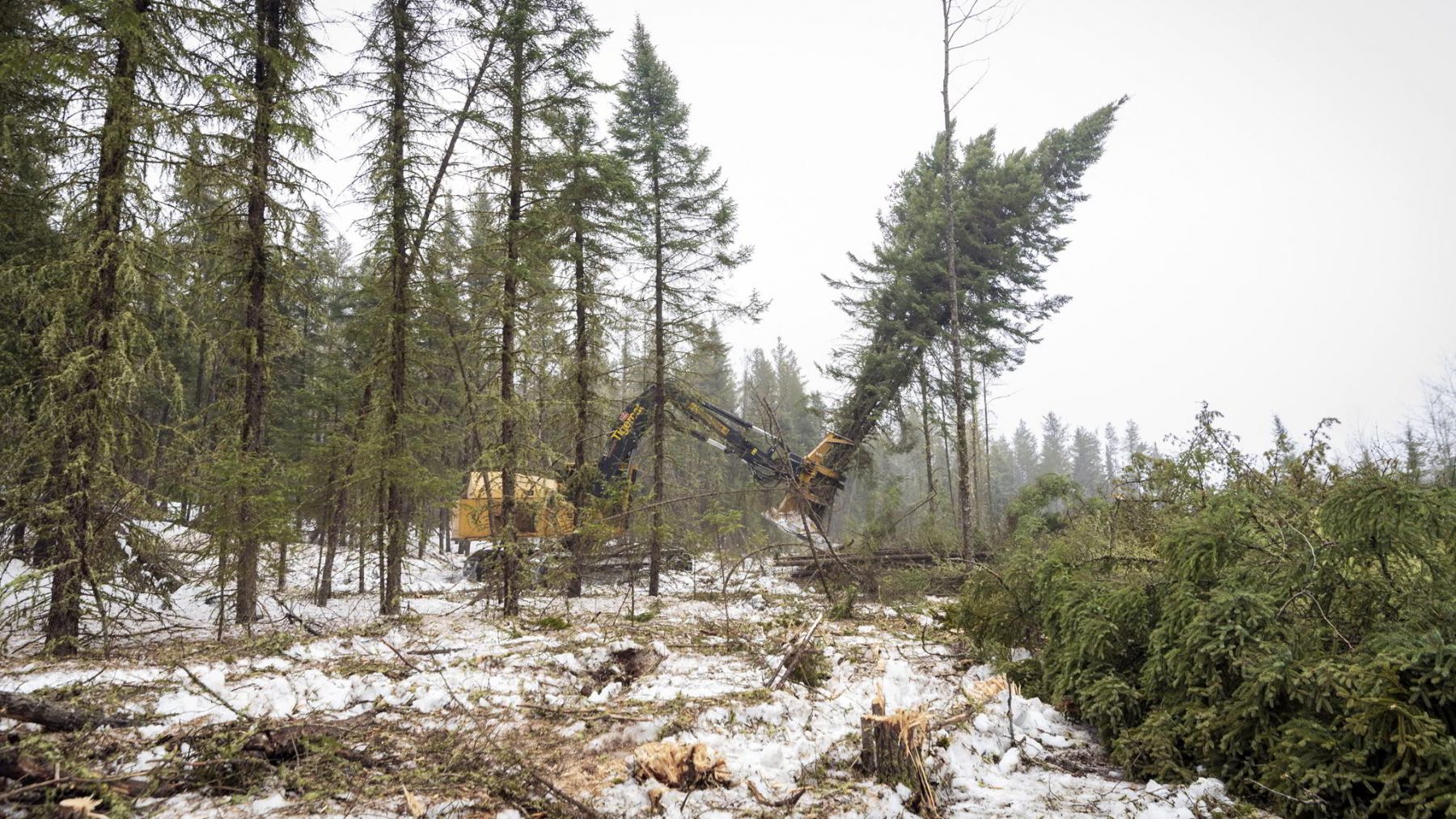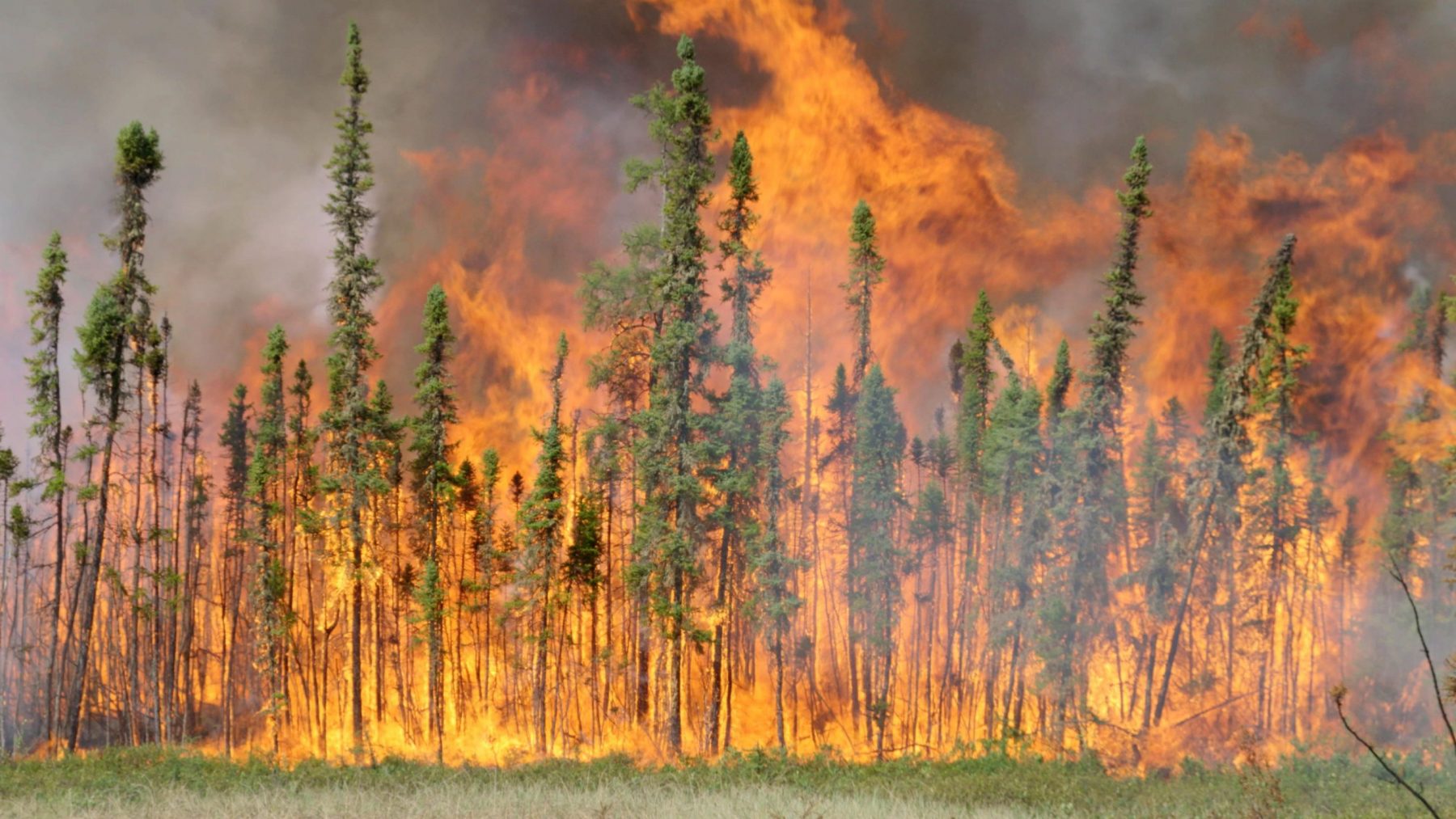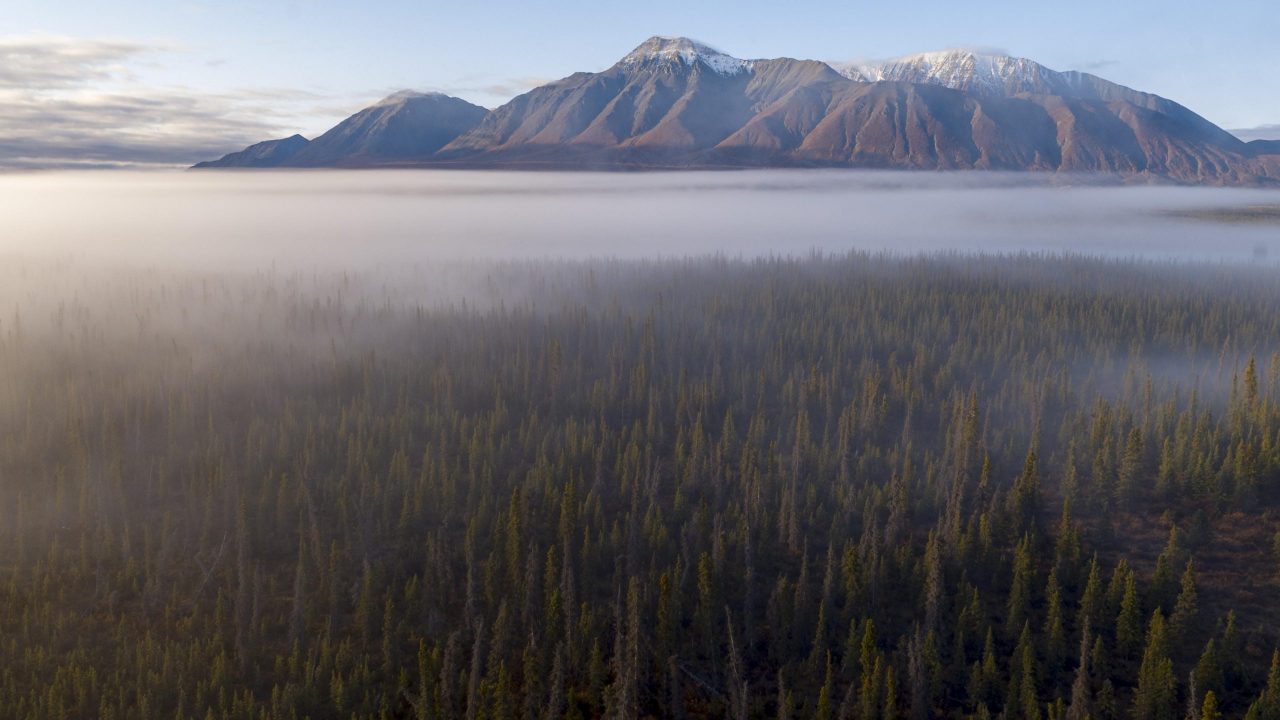
Borealis: Seeing the Forest Through the Trees
Borealis: Seeing the Forest Through the Trees
The idea for Borealis was born in the summer of 2010 on the Nahanni River in the Northwest Territories.
The legendary Nahanni winds through high, sheer canyons carpeted by pine and spruce that cling so fiercely to the granite that they grow parallel to the cliffs. The trees struggle up the surrounding mountains with unbelievable determination, creating forests shaped like pyramids, narrowing as they climb until the most hearty tree forms a spire on top. So thin is the ground beneath them that occasionally a whole section will come loose and slide back down the cliff as one connected piece—trees, soil, moss and shrubs, plus eagle nests and rabbit burrows—to crash on the riverbank below.
I was with a group of filmmakers and musicians that summer, rafting the river, shooting for the National Parks Project, and one day we floated past the jumbled remains of a green avalanche—an astonishing sight—and I realized how little I knew about this tough forest that covers most of Canada, Russia, Alaska, Scandinavia and even part of Japan. Researching the forest over the next 10 years, I learned that the snow-frosted trees of the boreal—universal symbol of the fresh, clean North—are much more important than most of us imagine.
Life on Earth is sustained by forests, and there are only two great ones left: the band of rainforest that sweeps across the equatorial countries, and the boreal that wraps around the North Pole, between the Arctic tundra and the southern cities that relentlessly exploit the forest for animals, minerals, wood and recreation. My research led me to cutting-edge science about the lives of trees and the communities we call forests, with their infinite connections, rhythms, rivalries and ways of communicating. I learned too what makes the boreal forest unique, how it thrives in an arid, barren and freezing land, and why it evolved the very special trick of propagating by periodically burning itself down.
Canadians can be proud of the fact that our boreal is arguably the most important forest in the world. Though it is heavily logged and dotted with mines, it is still less disturbed than any other forest, and home to countless wild animals. And it is about half of the circumpolar boreal that makes up the biggest carbon storehouse on land, thanks to the permafrost beneath its moss and trees. So the evergreens that lift our spirits in the winter’s gloom also refresh us physically, keeping us cool and giving us air to breathe. However, a forest exquisitely balanced to survive a very cold place is drastically thrown out of kilter when that place warms up. That is why our ancient and tenacious snow forest is now in a death spiral, releasing more carbon than it absorbs.
The goal of Borealis was to gather all these realities and shape them into a cinematic documentary. Early on, I decided that the best way to approach it would be from the point of view of the trees. The boreal landscape contains human communities of all sizes, from small First Nations to cities, many of them somehow reliant on the forest. But I think we have the most to learn, at this moment, from the forest community itself; from its ways of being and growing, transforming, dying and reincarnating. Telling the story from that perspective was a creative challenge that became a filmmaking adventure.
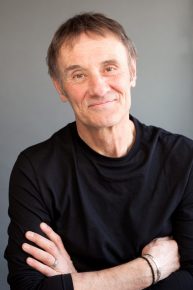
With my two main collaborators—cinematographers John Minh Tran and Joshua See—we developed a film style to depict the world as it might appear to a tree. That approach shaped the written treatment and a detailed storyboard to guide our filming. Both are unusual in documentaries, which typically begin with a vague story, but known locations and characters. We had a clear story, almost a shot-for-shot plan, but our characters and precise locations were hidden amid millions of acres of forest.
The cycles of the boreal unfold over centuries, with different regions following unique schedules determined by various things, like soil and local climate. If you explore the whole of Canada, you can find places that represent each given moment in the grand life story of the forest. But that takes some searching! In the winter of 2019, we set out on a year-long journey—guided by the people you hear in the film—flying, paddling, trudging and bush-whacking deep into the boreal, in search of the true heart of Canada’s iconic wilderness.
Borealis is what we found.
Watch Borealis:
Borealis, Kevin McMahon, provided by the National Film Board of Canada
How should we view Canada’s forests?
Director Kevin McMahon, Dr. Suzanne Simard (Dept. of Forest and Conservation Sciences, UBC) and Dr. Mike Flannigan (Dept of Renewable Resources, U of A) discuss this question and more in this recorded live stream. Watch now:
